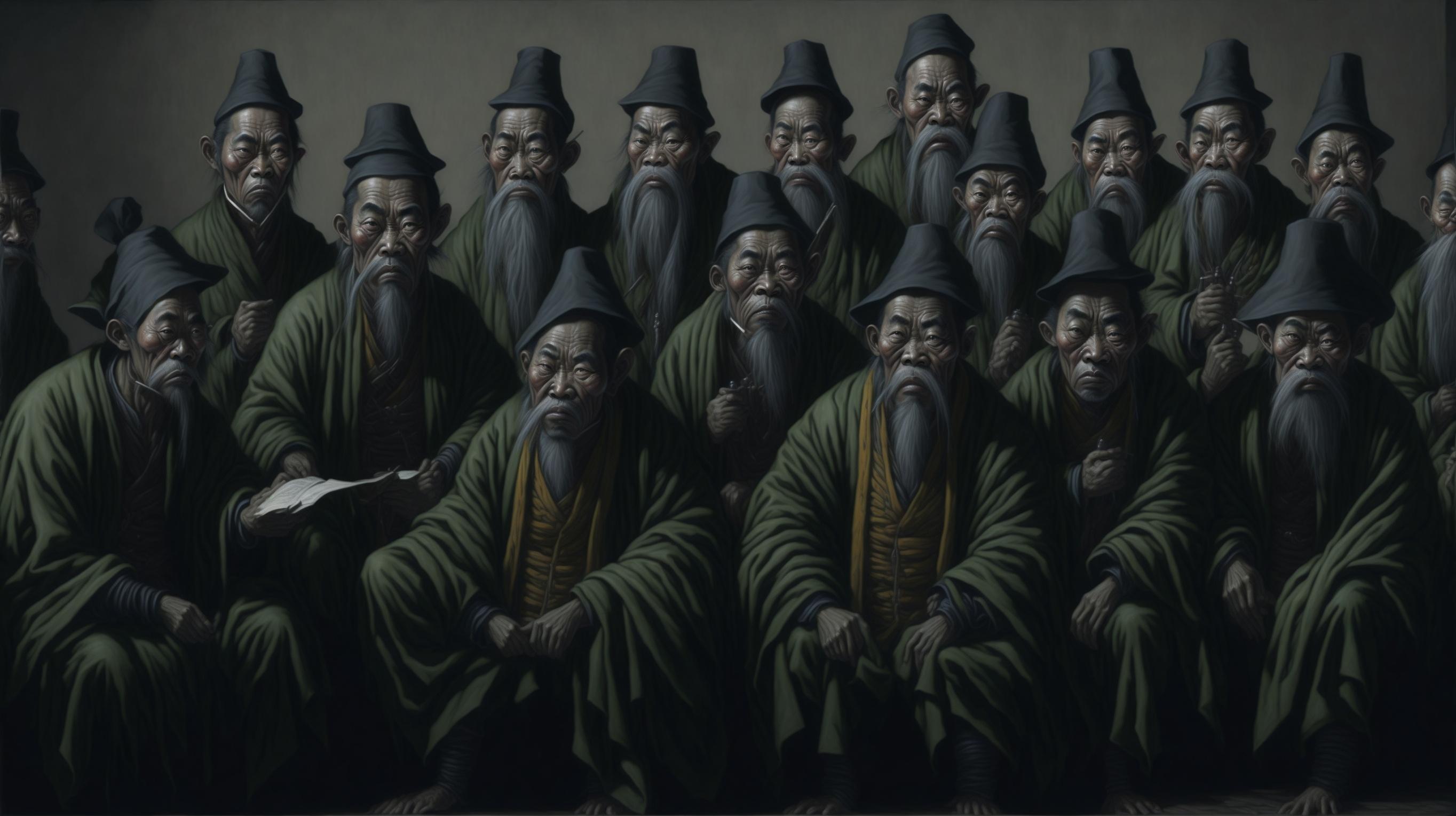Many people think that Chinese medicine pulse diagnosis is a method of touching the patient's pulse with their fingers to explore the pulse and understand the condition. In fact, this method is not complete, and the fact that Chinese medicine has been lost is undisputed.
Three fingers simultaneously cut the pulse, exerting balanced force, from light to heavy, divided into three types of finger force: floating, middle, and sinking. The pulse diagnosis time should not be less than 1 minute, and the conventional pulse cutting method is generally like this.

What exactly does pulse diagnosis cut?
Under normal circumstances, the human pulse rate is consistent with the heart rate, that is, the number of beats per minute is the same. Through pulse and heart rate detection, some problems in the human body can be identified.
Some people have pacemakers in their hearts, which affect the pulse beat and may not be able to be cut. What should be done in this case?
Pulse diagnosis in Chinese medicine is not that simple. It really underestimates the profoundness of traditional medicine!
"The Secret Transmission of Heavenly Medicine" comes from the Chu tomb in the Warring States period, and it clearly records: "Cut the pulse of the wrist, the heat is extreme, and the number is frequent; the cold is extreme, and the number is slow." It can be seen that pulse diagnosis in Chinese medicine is not only monitoring the pulse and heart rate, but also has deeper reasons.
The fundamental technique of pulse diagnosis in Chinese medicine is to replace modern medical equipment such as thermometers, dynamic electrocardiographs, blood flow detectors, and skin moisture detectors.
It relies solely on the three fingers of the practitioner, which are equivalent to three artificially trained sensors. Therefore, those who study traditional Chinese medicine from an early age pay special attention to finger exercises.
In order to exercise the super sensitivity of the fingers, they hold a hot pot all year round, and practice with three fingers on the hot pot. The water temperature ranges from low to high, and there must be no deviation in judgment. They must measure the temperature without scalding their fingers, which is quite difficult. The elimination rate of this method is extremely high, and there are countless people who have been left disabled. It can be said that ancient Chinese doctors are harder to come by than immortals.

In addition, there are other ways to exercise finger flexibility. Some techniques flowed into Japan from the Qin Dynasty through Xu Fu, and it is said that they were learned by the Kato family. Unexpectedly, they flourished in the feudal state and became a treasure.
The remaining version of "Huangdi Neijing" states: "Those who study medicine should use three fingers side by side, lightly press the patient's wrist, and feel the changes in the pulse's cold and heat, and predict the progress and retreat of the disease. Warm pulses can be nursed, and cold pulses should be quickly rescued. This measurement also reveals the essence of the disease."
Huangdi, the old man, wouldn't talk nonsense, so it can be seen that the core technique of pulse diagnosis is to observe the body temperature. Higher than normal temperature indicates internal heat or fever; lower than normal temperature indicates internal deficiency or multiple spleen and stomach diseases.
Sensitive fingertips touching the skin, experienced doctors can determine the subtle state of vital signs from the patient's skin temperature, dryness, and moisture.
Archaeological unearthed ancient medical books all have records. "The Authentic Transmission of Medical Diagnosis" clearly states, "If the pulse is weak and rough, it is cold; if it is strong, it is hot; if the texture is coarse, it is solid; if it is fine, it is deficient. By repeatedly pondering this way, the pulse theory becomes clear. Once the key points are solved, the diagnosis becomes easy, and pulse cutting becomes the mainstay of medical practitioners."
Chinese medicine has been passed down from ancient times to modern times. According to reason, with thousands of years of accumulated knowledge and scientific training, it should have spread Chinese medicine all over the world. Why is it that now, besides researching a thousand kinds of Chinese patent medicines in Western medicine, which have increased in price but are far less effective, there is no achievement in Chinese medicine?
The reason is obvious. The true techniques have long been lost, so it is no wonder that when old Chinese doctors talk about pulse diagnosis, they shake their heads and keep silent. Without the ancestral skills of pulse cutting and questioning to determine the cause of the disease, there is no way to talk about how to prescribe treatment. It is said that there are only two prescriptions in Chinese medicine now, cold and hot, that is, yin and yang. Yang means to drain, and yin means to nourish.
Therefore, the profound pulse diagnosis in Chinese medicine is a technique that must be trained from an early age, and both talent and hard work must be possessed at the same time. Even in our vast country with abundant resources and talents, there have been few people who have truly mastered it throughout history.
Because this pulse cutting technique is too profound and unpredictable, there are few learners and many failures. This technique has been changed and changed again, and it has become chaotic. Therefore, for modern students of Chinese medicine, they think that pulse diagnosis is just counting the pulse for one minute, which is extremely ridiculous!